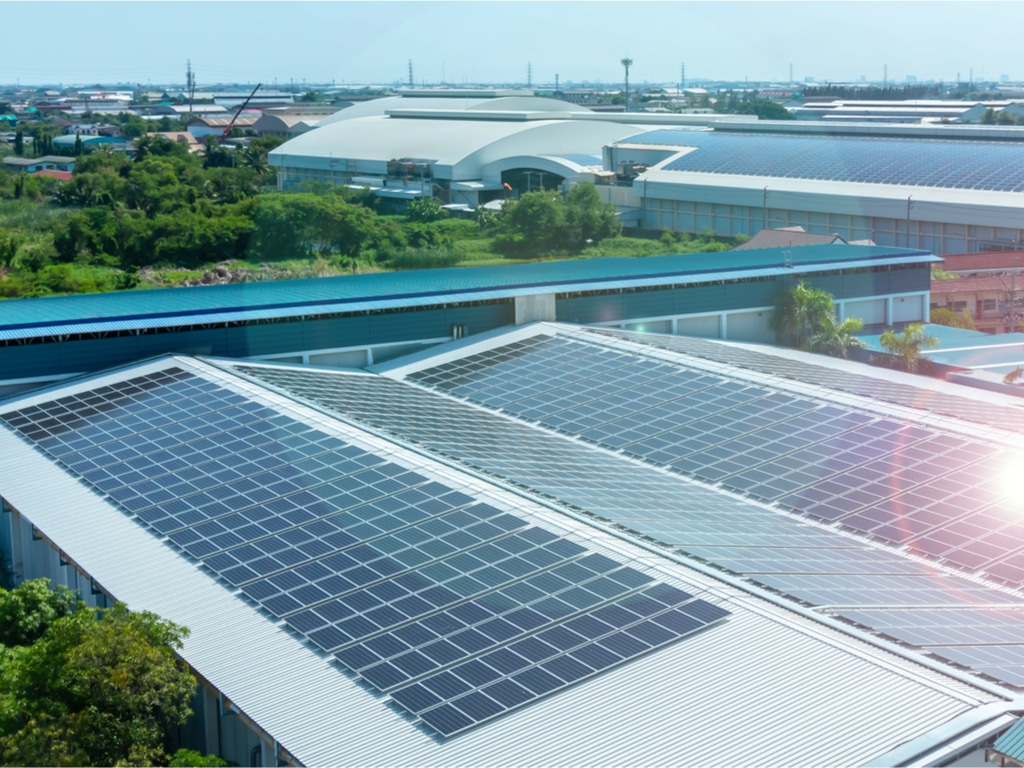The need for green building finance in South Africa will be $7 billion by 2030. The International Finance Corporation (IFC) intends to support this sector. The World Bank Group’s private sector financing arm has just granted a $38 million (R600 million) line of credit to Business Partners, a South African company that finances and supports small and medium-sized enterprises (SMEs).
The Johannesburg-based company will provide loans of between 500,000 and 50 million rand ($31,000 and $3 million) to SMEs for the construction of green, certified commercial buildings and the renovation of existing commercial buildings in terms of energy consumption.
According to Adamou Labara, IFC’s country manager in South Africa, the allocation criteria will be based on the IFC’s UK Market Accelerator for Green Construction (MAGC) program, a joint initiative of the World Bank and the UK government.
Investing in sustainable buildings to reduce GHG emissions
“Through investment in green building development by SMEs, we will not only play our part in preserving our environment, but also contribute to much-needed economic growth, job creation and energy security,” says Ben Bierman, Business Partners’ managing director. The company is also active in other African countries such as Namibia and Uganda.
Read also : SOUTH AFRICA: GBCSA and CT join forces for energy efficiency in buildings
South Africa wants to reduce its greenhouse gas (GHG) emissions by 42% by 2025, with a focus on green building. In this context, the Green Building Council South Africa (GBCSA) has already certified some 740 buildings since its creation in 2007. The organization encourages property developers to take into account the quality of the indoor environment (method of use of heating, air conditioning, lighting and air pollutants), the type of energy used, mobility, water consumption, technologies used and the socio-economic impact of the project.
Benoit-Ivan Wansi
